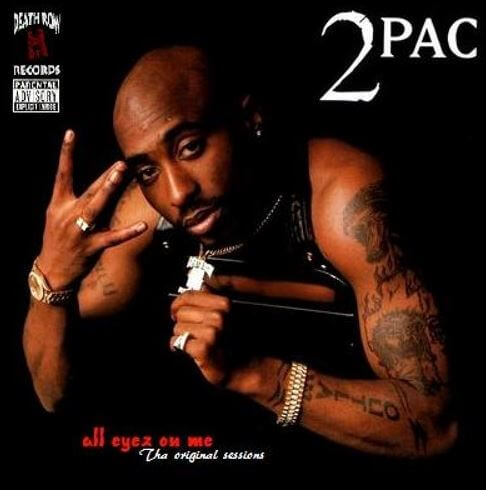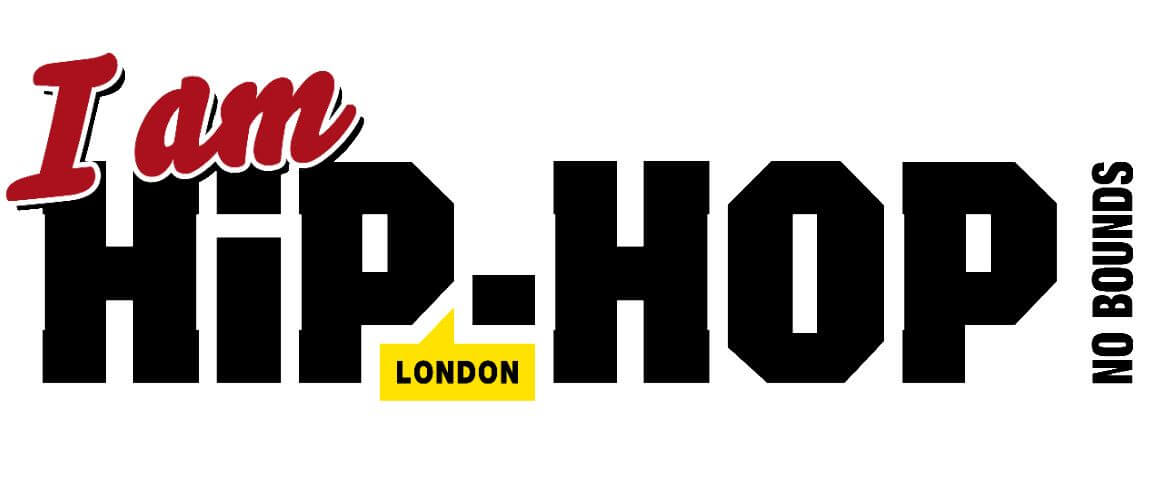 It was the project that marked the beginning of the end while also becoming the quintentisial epic driven album in Hip Hop history. It has been exactly 25 years since Tupac Shakur released the seminal All Eyez on Me album that would become his final studio project before his untimely death in September 1996 at the age of 25.
It was the project that marked the beginning of the end while also becoming the quintentisial epic driven album in Hip Hop history. It has been exactly 25 years since Tupac Shakur released the seminal All Eyez on Me album that would become his final studio project before his untimely death in September 1996 at the age of 25.
The album encapsulated everything that was going on in Hip Hop and Tupac’s state of mind. It was the first major release that marked the official ring of the bell of the already burgeoning East Coast-West Coast feud.
It is important to set the album in its proper context.
It all began in November 1994 when Tupac was shot five times at the Quad Studios in New York City and subsequently suspected his one friend Biggie Smalls, Sean “P Diddy” Combs, and East Coast based label Bad Boy Records of being involved.
From there, artists and fans started to choose their sides and the mainstream media was more than happy to exploit the situation to further criminalize hip hop culture that was already prevalent at the time.
At the same token, some within the game took it a step further, namely Suge Knight, founder of the West Coast based label Death Row Records who infamously called out Diddy at the 1995 Source Awards by saying “any artist that want to be an artist and want to stay a star and won’t have to worry about the executive producer trying to be all in the videos, all on the records, dancing come to Death Row!”
Meanwhile, Tupac was sitting in jail at the Clinton Correctional Facility in New York after being convicted of sexual assault, a reality that he needed to own up to but failed to do so.
While he acknowledged that he should have done more when it came to his entourage’ behavior toward the young woman, Tupac himself didn’t take responsibility for his actions.
This goes to the heart of how we need to have a public reckoning in the #MeToo era when it comes to public figures committing sexual violence and Tupac, for all the good that he did when it came to racial justice as well as some examples of feminist sympathies and sensibilities, is no exception.
After Suge Knight bailed him out and signed him to Death Row, Tupac immediately got to work and his legendary work ethic shine through in every cut on All Eyez on Me.
Engineers and producers on the album would talk about how he would write two bars in less than five minutes as well as how he would work long hours in the studio mixing the records while they all dozed off.
The themes that stood out on the album were an unapologetic allegiance to the West Coast, settling scores, friendships, spiritual reckoning, paying homage to those lost, and an inflaming of simmering tensions.
The classic “California Love” with Dr. Dre speaks for itself and remains a timeless treasure that transcended Hip Hop.
The laid back and slow groove track “Live and Die in LA” was Tupac’s tribute to social and cultural makeup of Los Angeles as well as a sharing of his own interpersonal affections for California.
The call for battle echoes out of “Ambitionz As A Ridah” was held bent on confronting his 1994 shooting.
His walk down memory lane reflecting on the bond he shared with a close friend made “I Ain’t Mad At Cha” a fan favorite.
He reconciled his own version of spiritual satisfaction and comfort against the complications and contradictions of secular society with “Only God Can Judge Me”.
The tenderness in his honoring of those who fell victims to the streets make you shed so many tears as you listen to “Life Goes On”.
The alliance with Snoop Doog on “2 of Amerikaz Most Wanted” is both of them exploiting their outlaw images.
Finally, the most vicious diss record ever laid to a track in “Hit Em Up” is Tupac’s official declaration of war against Biggie and the East Coast and a clear signal that at least on his part that there was no going back and any attempt at reconciliation was unrealistic.
With All Eyez On Me Tupac solidified his place as a legend in every sense of the word, for good and bad.
The rose that grew from concrete blossomed into the thug angel who was constantly stuck in that state of tension between those identities and used that to fuel his drive into becoming the voice of his generation and that is why the response 25 years later will never waiver.
No matter the reality of what occurred in Las Vegas in September 1996, the complex, complicated, and celebrated legacy of Tupac Shakur will never parish.
Latest posts by Zachary Draves (see all)
- MEGAN THEE STALLION RECEIVES MUCH NEEDED SUPPORT FROM THE SOUTHERN BLACK GIRLS & WOMEN’S CONSORTIUM — November 20, 2022
- HIP-HOP TAKES A STAND AGAINST THE OVERTURNING OF ROE V WADE — July 13, 2022
- REMEMBERING LISA LEFT EYE LOPES 20 YEARS LATER — April 25, 2022
